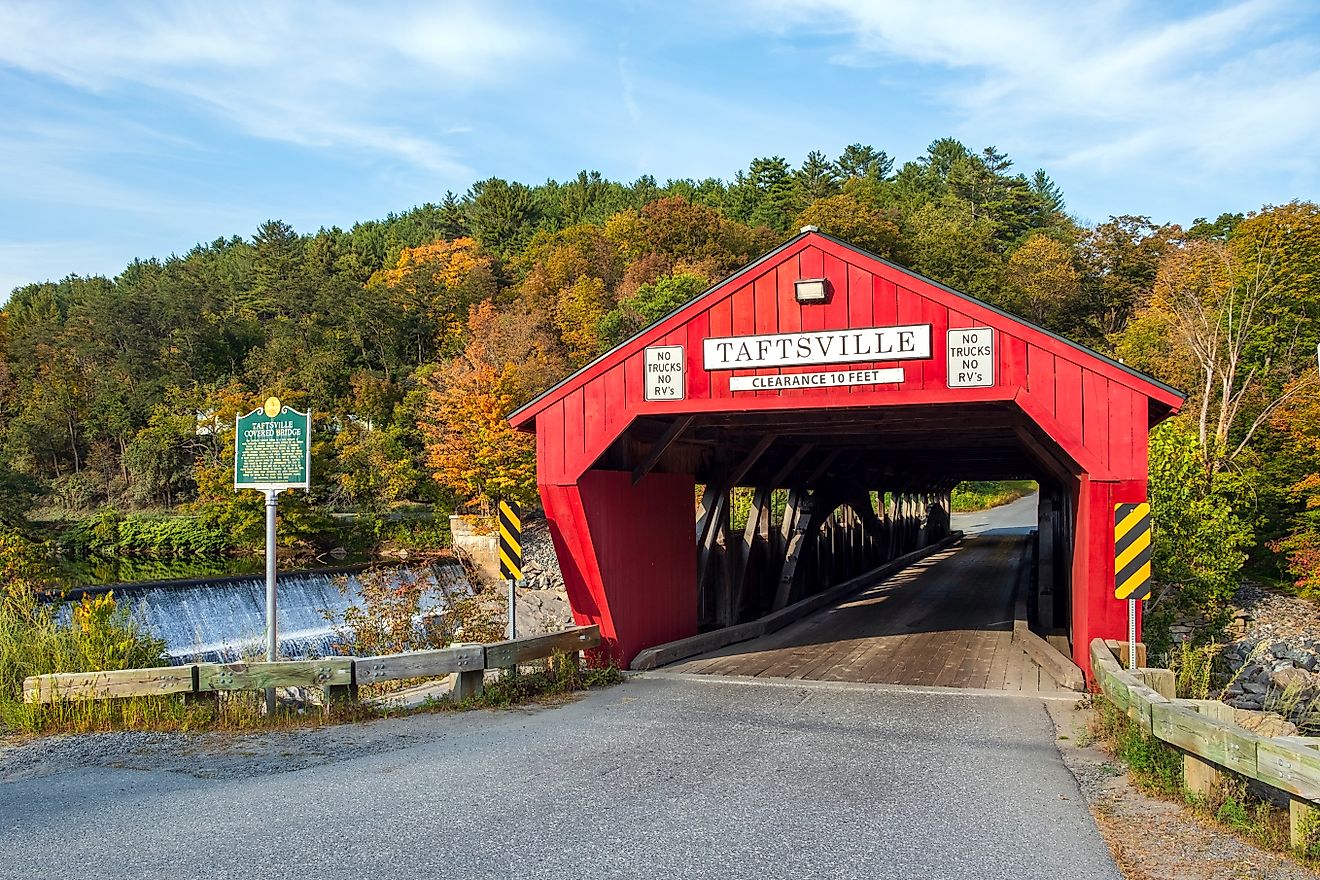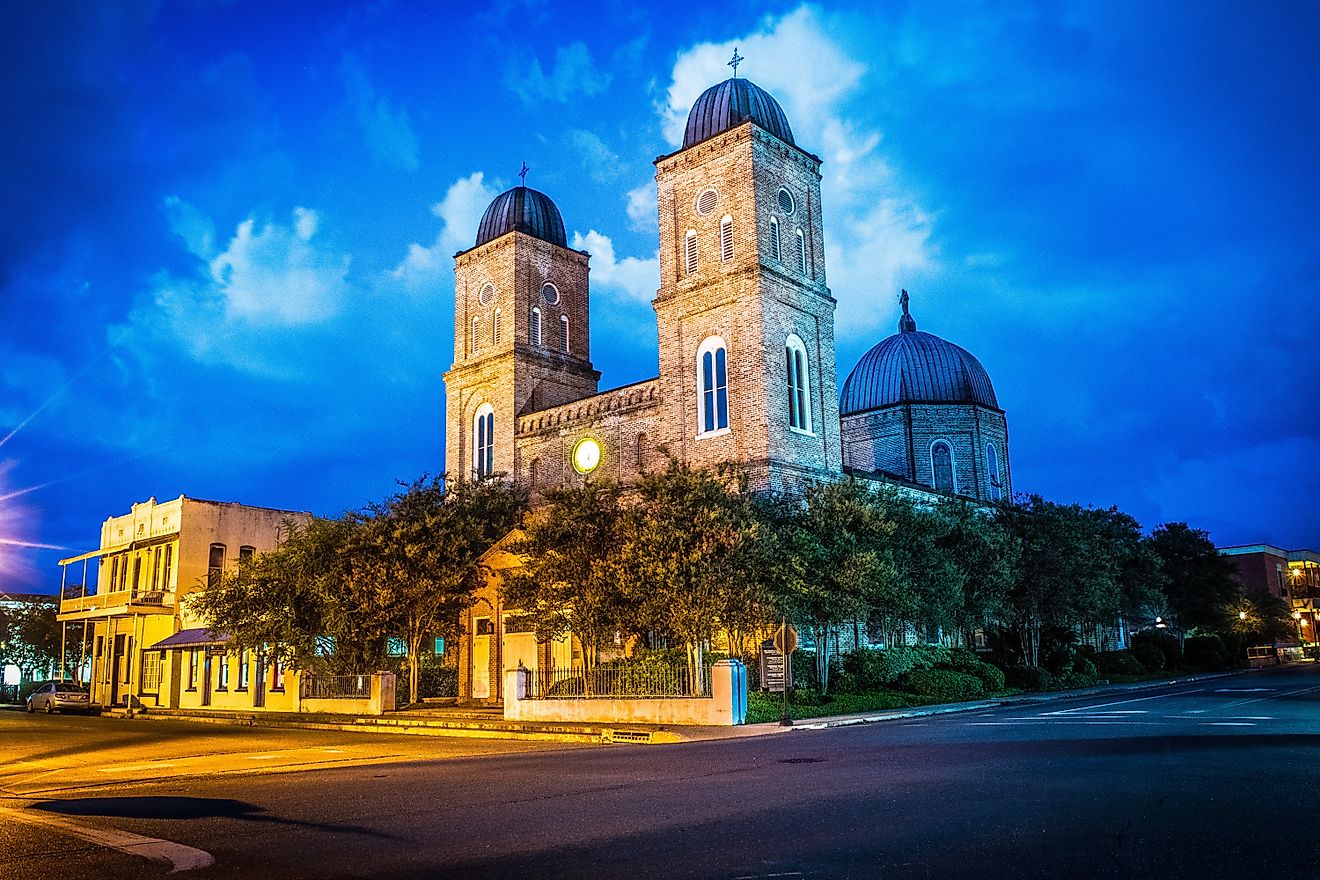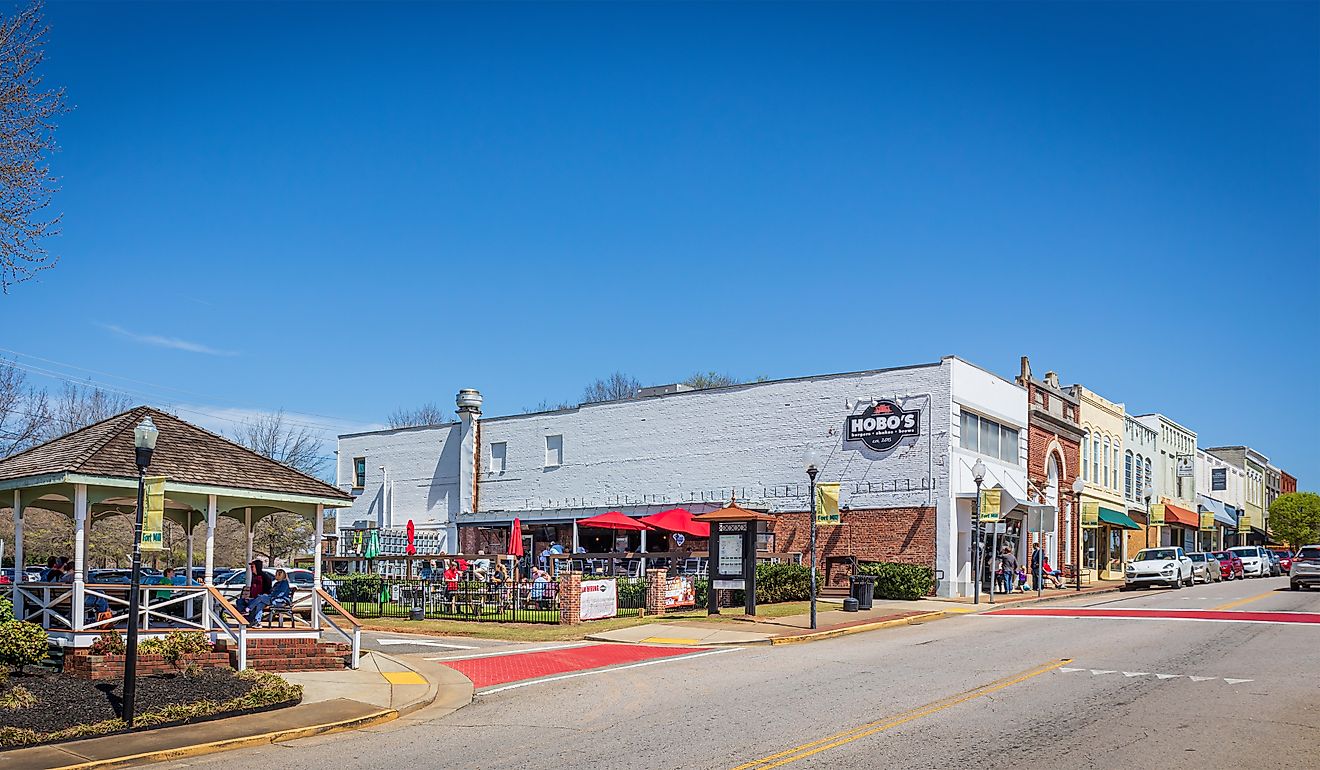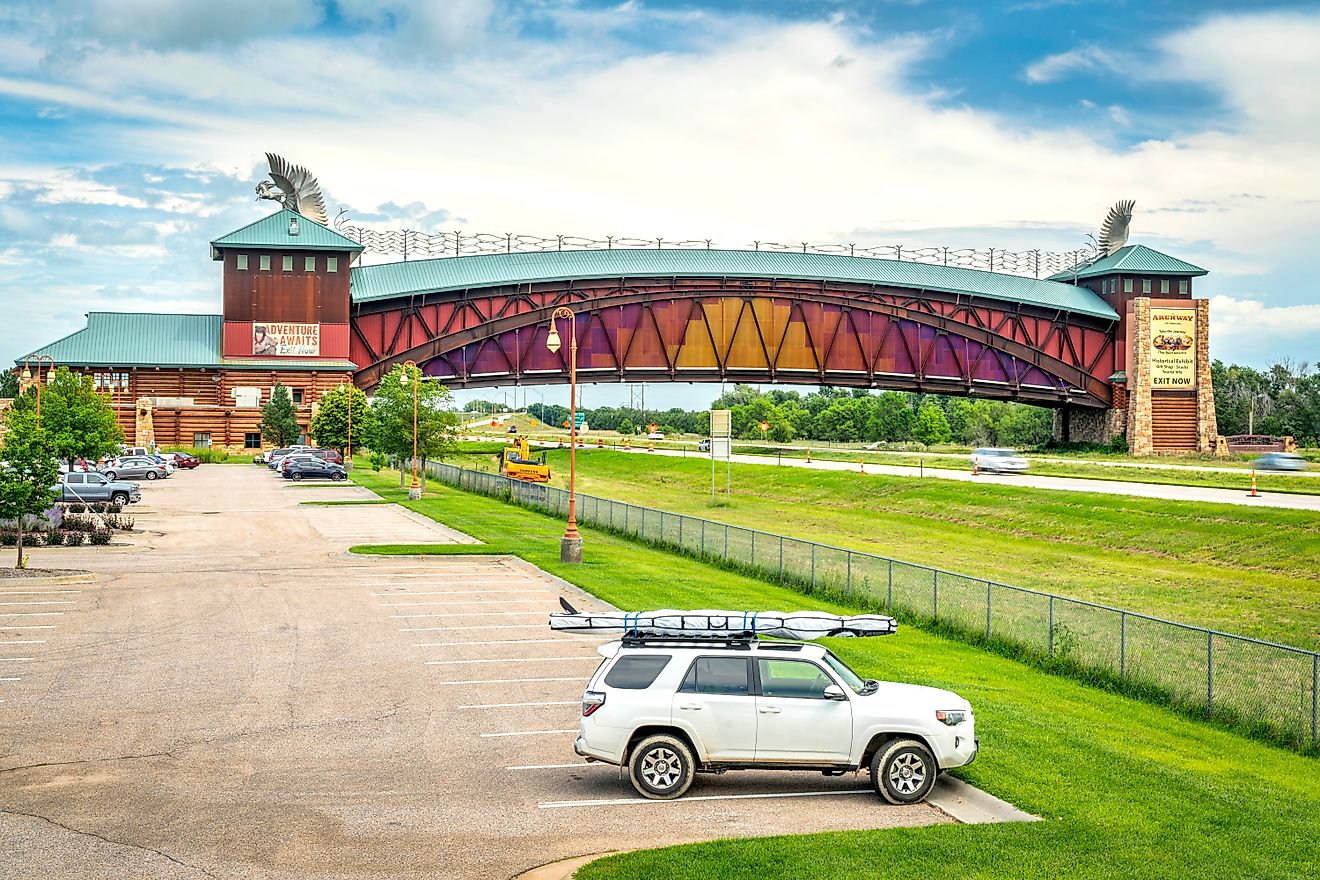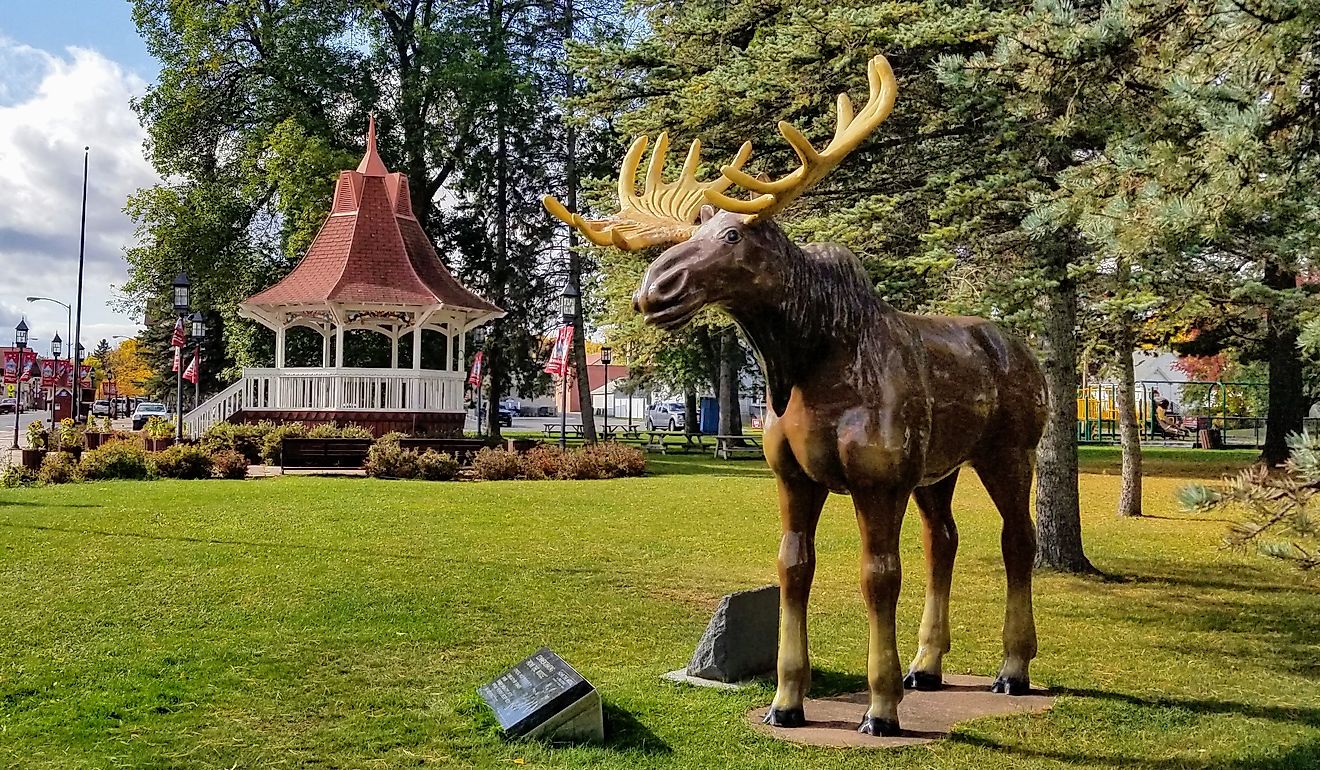
Lafayette, Louisiana
Lafayette is a consolidated city-parish situated in the Acadiana Region on the Gulf Coast in the US State of Louisiana. It is the country's 234th most populous city and the 4th largest incorporated municipality in Louisiana. The city exhibits a rich cultural legacy shaped by ancestors of diverse backgrounds coming together and settling here. Lafayette's geographical location and its rise to prominence have given it the nickname "Hub City," thus enabling it to take a big part in the economic cycle of the state. The city offers an urban life convenience and has been a favorite destination for many.
Geography And Climate Of Lafayette

Lafayette is a city located in south-central Louisiana and seated on the West Gulf Coastal Plain. It is regarded as the 4th largest in terms of area and 5th most populous in the state. The city is blessed with many natural streams and is situated along the Vermilion River, where the city developed itself on both sides of the river. Draining into the Gulf of Mexico, the river flows through the city as a 70 miles stretch. Other significant waterways and natural drainage canals lie within the city and lead to the Vermilion River. However, Lafayette is not made of wetlands as much as the neighboring areas on its south and west. The city is stationed on the western rim of a 325 ft deep valley between Baton Rouge and Lafayette. The valley was cut by the Mississippi River in the Quaternary period and was later filled. Lafayette was part of the seabed in the early times of that period. The valley is now known as the Atchafalaya Basin. Lafayette is stationed only 95km away from Baton Rouge and about 217km from New Orleans. The city sits on an elevation of 11.0m at its lowest point above sea level and 15m at its highest. The total area of Lafayette is approximately 144.1 sq. km, of which only 0.21 sq. km is covered by water, while the rest is land.
Like most of its surrounding region, Lafayette’s climate is classified as humid subtropical according to the Köppen climate classification. Lafayette’s inland location makes it relatively safe from natural disasters. However, it is susceptible to flooding as it lies at a low altitude, while also hurricanes are a common natural disaster.
Brief History Of Lafayette

Before the arrival of the early European settlers, Attakapa Indians have initially been inhabiting the region, historically known as the districts of Attakapa and Opelousas. In the 1760s, exiled Acadians from French Canada migrated to Louisiana and entered the area, leading to the foundation of the area's first European settlement. In the 1820s, Lafayette was planned and initially named St. Jean du Vermilionville, later shortened to Vermilionville. The town was incorporated in 1836, outlining the village's boundaries and later expanding them in 1869. The name stayed with the town as Verminionville until 1844, when it was officially dubbed Lafayette in honor of the French General, Marquis de Lafayette. The city still preserves its rich history, legacy, and cultural identity, mixed in Cajun, Creole, Spanish, French, and Caribbean. Till now, the Cajun dialect is spoken by many.
The Population And Economy Of Lafayette

Lafayette inhibits a total population of 121,374, as recorded by the US Census in 2020. It has seen a population increase in the past years and has grown at substantial rates since its early settlement. The city is estimated to reach its way up to 150,000 quickly. The total median age is 35.8, with more than 100,000 adults residing in the city. Females are slightly higher in percentage than males, constituting 51.9% of the total gender distribution. The racial makeup of Lafayette is mostly White, estimated at 62.8%, while 30.5% are of African American race. Hispanics or Latinos, Asians, and other races or origins constitute a tiny percentage. French or Creole French is spoken by about 11.5% of the population, while English is spoken by over 84%.
During the city's early days, Lafayette had agriculture as a primary driver of its economy, depending on cotton, corn, and sugarcane. After discovering oil and gas in the area in the 1940s, petroleum and gas industries grew significantly and placed Lafayette as a supply center for the booming sectors of southern Louisiana. Therefore, it has created a cosmopolitan community, attracting businesses and people from around the world. Today, Lafayette's economy makes its way through manufacturing and fabrication. The city still is a major distribution center for sugar, livestock, lumber, and cotton. It has seen a rise in other industries, such as the IT industry, which is growing significantly. Poverty in Lafayette is slightly high, as about 18.4% of the residents live in poverty. Moreover, the median household income is $54,139, which is relatively good, and per capita income is $33,362, both recorded in 2020. The level of education is considered high, with an average of 90.3% being high school graduates or higher, while 39.3% obtaining a bachelor's degree or higher.
Tourist Attractions In Lafayette

The city of Lafayette is very diverse in culture and hosts a vast selection of experiences. It is considered the heart of Cajun & Creole Country and was recognized as the happiest city in the US back in 2014. Lafayette is one laid-back and calm area that exhibits a welcoming atmosphere. It boasts a basketful of attractions such as museums, music clubs, natural wonders, and old towns.
The celebration of Lafayette’s vibrant culture is shown in Mardi Gras and other street festivals that reveal the true colors of the city’s traditions and heritage. The city’s architecture portrays a genuine and authentic Acadian experience with historical plantations dating to the early 1800s. Lafayette is an epicenter of Cajun cuisine that is steeped in its tradition. The tasty culinary scene in Lafayette is widely expressed as the city host more restaurants per capita comparably with any other city in the US. Lafayette is also enjoyed with a blend of distinctive Cajun and Zydeco music. Continuous efforts are being made to relive and sustain some old customs and traditions in Lafayette while also conserving its nature.







